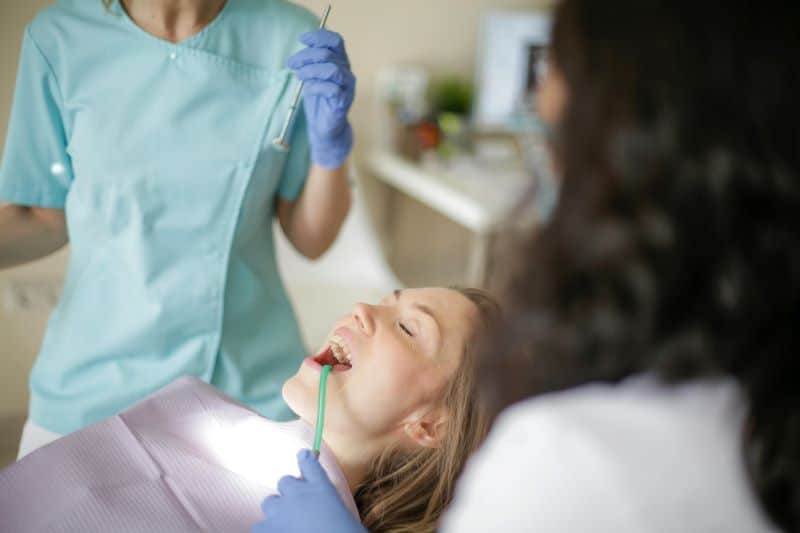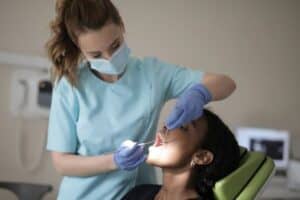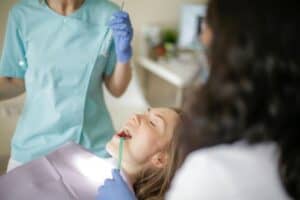
29 May Emergency Dental Care: What to Do When Accidents Happen Outside Office Hours
Emergency Dental Care: What to Do When Accidents Happen Outside Office Hours
Dental emergencies can strike at any time, often without warning, and they can be incredibly distressing. Whether it’s a severe toothache, a knocked-out tooth, or a broken crown, knowing how to respond can make all the difference. Emergency dental care refers to the immediate treatment required to address severe pain, bleeding, or other urgent dental issues. The importance of emergency dental care cannot be overstated, as timely intervention can prevent further damage, reduce pain, and potentially save a tooth. This comprehensive guide will walk you through the different types of dental emergencies, their symptoms, causes, and the steps you should take if you find yourself in such a situation, especially outside regular office hours.
Types of Dental Emergencies
Understanding the different types of dental emergencies can help you identify the severity of the issue and decide the appropriate course of action.
Toothaches
Toothaches are one of the most common dental emergencies. They can result from various causes, including cavities, infections, or gum disease. The pain can range from mild to severe and may be accompanied by swelling or fever.
Chipped or Broken Teeth
Teeth can chip or break due to trauma, biting on hard objects, or decay. Depending on the extent of the damage, a broken tooth can cause pain, sensitivity, and an increased risk of infection.
Knocked-Out Teeth
A knocked-out tooth is a serious emergency that requires immediate action. If handled correctly and promptly, there is a possibility to save the tooth.
Lost Fillings or Crowns
Fillings and crowns can sometimes fall out, leaving the tooth vulnerable to damage and infection. This can cause significant discomfort and requires prompt attention.
Abscesses
Dental abscesses are infections that occur at the root of a tooth or in the spaces between the teeth and gums. They can cause severe pain, swelling, and fever and can lead to serious complications if not treated promptly.
Soft Tissue Injuries
Injuries to the soft tissues of the mouth, such as the gums, lips, or tongue, can result in bleeding and require immediate care to manage pain and prevent infection.

Symptoms and Signs of Dental Emergencies
Recognizing the symptoms and signs of dental emergencies can help you determine the severity of the situation and seek appropriate care.
Pain and Sensitivity
Persistent or severe pain and sensitivity in the teeth or gums are often indicators of a dental emergency. This pain can be sharp, throbbing, or constant and may worsen with temperature changes or pressure.
Swelling and Inflammation
Swelling and inflammation around the affected area can signal an infection or other serious dental issue. This may be accompanied by redness and tenderness.
Bleeding
Uncontrolled bleeding from the gums, tongue, or cheeks after an injury or dental procedure is a cause for concern and requires immediate attention.
Visible Damage to Teeth or Gums
Visible cracks, chips, or breaks in the teeth, as well as visible signs of trauma to the gums or other soft tissues, indicate a dental emergency.
Signs of Infection
Signs of infection, such as fever, swollen lymph nodes, and a bad taste in the mouth, can indicate an abscess or other serious dental issue that needs prompt treatment.
Diagnosis and Tests
Proper diagnosis is crucial in determining the appropriate treatment for dental emergencies. Here are some common diagnostic tools and tests used by dentists.
Physical Examination
A thorough physical examination of the mouth, teeth, and gums helps the dentist assess the extent of the damage and identify the cause of the emergency.
X-rays
Dental X-rays provide detailed images of the teeth, roots, and surrounding bone, helping to diagnose fractures, infections, and other issues that are not visible to the naked eye.
CT Scans
In complex cases, a CT scan may be used to obtain more detailed images of the teeth, jawbone, and surrounding structures. This can help in planning surgical interventions or other treatments.
Diagnostic Procedures
Additional diagnostic procedures, such as percussion tests (tapping on teeth) or thermal tests (applying hot or cold stimuli), may be used to identify the affected tooth and the severity of the issue.

Immediate Steps to Take During a Dental Emergency
Knowing what to do during a dental emergency can significantly impact the outcome. Here are some immediate steps to take:
Assessing the Situation
Stay calm and assess the severity of the situation. Determine whether immediate medical attention is needed or if the issue can be managed temporarily until you can see a dentist.
Managing Pain
Over-the-counter pain relievers, such as ibuprofen or acetaminophen, can help manage pain. Avoid placing aspirin directly on the tooth or gums as it can cause irritation.
Controlling Bleeding
If there is bleeding, apply gentle pressure with a clean cloth or gauze. Maintain the pressure until the bleeding stops. If the bleeding is severe and does not stop, seek immediate medical attention.
Preserving Knocked-Out Teeth
If a tooth is knocked out, handle it carefully by the crown (top) and avoid touching the root. Rinse it gently with water if dirty, but do not scrub. Try to reinsert the tooth into the socket if possible. If not, store it in milk or a saline solution and see a dentist immediately.
Temporary Solutions for Broken Teeth or Fillings
For broken teeth or lost fillings, you can use dental cement or sugarless gum to cover the area temporarily. Avoid eating hard foods and see a dentist as soon as possible.
Treatment Options for Dental Emergencies
Treatment for dental emergencies varies depending on the severity and nature of the issue. Here are some common treatment options:
Home Remedies
Home remedies can provide temporary relief for some dental emergencies. Rinsing with warm salt water, applying a cold compress, or using clove oil for pain relief can be helpful.
Over-the-Counter Medications
Over-the-counter pain relievers and anti-inflammatory medications can help manage pain and reduce swelling until professional treatment is available.
Professional Dental Treatments
Professional dental treatments may include fillings, crowns, root canals, or extractions. These treatments address the underlying issue and restore the function and appearance of the teeth.
Surgical Interventions
In severe cases, surgical interventions such as tooth extraction, abscess drainage, or gum surgery may be necessary. These procedures are performed by dental specialists and require follow-up care.
Follow-up Care
Follow-up care is essential to ensure proper healing and prevent further complications. This may include additional dental visits, medications, and adherence to aftercare instructions provided by the dentist.

Preventive Measures
Preventing dental emergencies involves taking proactive steps to maintain good oral health and reduce risk factors. Here are some preventive measures:
Maintaining Good Oral Hygiene
Brush your teeth at least twice a day, floss daily, and use mouthwash to keep your teeth and gums healthy. Regular dental check-ups are crucial for early detection and treatment of dental issues.
Using Protective Gear During Sports
Wearing mouthguards and helmets during sports and recreational activities can protect your teeth and reduce the risk of dental injuries.
Regular Dental Check-ups
Regular dental check-ups and cleanings allow your dentist to monitor your oral health and address any issues before they become emergencies.
Dietary Recommendations
Maintain a balanced diet rich in fruits, vegetables, and dairy products. Limit sugary and acidic foods and drinks that can damage your teeth.
Avoiding Harmful Habits
Avoid habits such as smoking, chewing tobacco, and excessive alcohol consumption, as they can negatively impact your oral health and increase the risk of dental emergencies.
Conclusion
Dental emergencies can be stressful and painful, but knowing how to respond effectively can mitigate the damage and ensure a better outcome. This guide has provided comprehensive information on the types of dental emergencies, their symptoms, causes, and the immediate steps to take. Remember, prevention is always better than cure. Maintain good oral hygiene, visit your dentist regularly, and take protective measures to reduce the risk of dental emergencies. Stay informed and prepared, and you will be better equipped to handle any dental crisis that comes your way.


Sorry, the comment form is closed at this time.